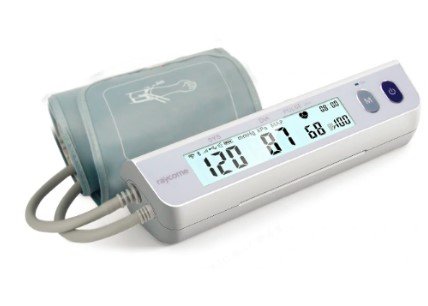Advancements in Design and Materials for Phlebotomy Procedures: Enhancing Safety and Efficiency
Summary
- Advancements in design have improved the safety and comfort of phlebotomy procedures.
- New materials have been developed to reduce the risk of contamination and ensure accurate Test Results.
- Ongoing research is focused on further innovations to enhance the efficiency and effectiveness of blood collection processes.
Introduction
Phlebotomy, the practice of drawing blood from patients for medical testing, is a crucial aspect of healthcare in the United States. The design and materials used in phlebotomy needles and blood collection tubes have undergone significant advancements in recent years. These innovations have improved the safety, accuracy, and efficiency of blood collection procedures, ultimately enhancing patient care and healthcare outcomes.
Advancements in Design
The design of phlebotomy needles has evolved to prioritize safety and comfort for both patients and Healthcare Providers. Advancements in needle design include:
- Butterfly needles: These are smaller and more flexible than traditional needles, making them less painful for patients and easier to maneuver for phlebotomists.
- Safety needles: These needles have built-in safety features that help prevent Needlestick Injuries and reduce the risk of exposure to bloodborne pathogens.
- Multi-sample needles: These needles allow for multiple blood draws with a single puncture, minimizing patient discomfort and the risk of complications.
Materials Used in Phlebotomy Needles
The materials used in phlebotomy needles play a crucial role in ensuring the accuracy and reliability of blood samples. Some of the key advancements in needle materials include:
- Stainless steel: Traditional phlebotomy needles are typically made of stainless steel, which is durable and resistant to corrosion, ensuring the integrity of blood samples.
- Silicone coatings: Some needles are coated with silicone to reduce friction during insertion and withdrawal, making the process smoother and more comfortable for patients.
- Plastic components: Some newer needles incorporate plastic components, which are lightweight and easy to use, further enhancing patient comfort and safety.
Advancements in Blood Collection Tubes
Blood collection tubes are another essential component of phlebotomy procedures, and advancements in their design and materials have improved the accuracy and reliability of Test Results. Some key advancements in blood collection tubes include:
- Vacuum technology: Many blood collection tubes now utilize vacuum technology to facilitate specimen collection, ensuring a precise volume of blood is collected and reducing the risk of contamination.
- Additives: Some tubes contain additives that help preserve the integrity of blood samples and prevent clotting, ensuring accurate Test Results.
- Light-sensitive tubes: Special tubes are available for tests that require protection from light exposure, such as vitamin D testing, ensuring the reliability of Test Results.
Future Innovations
Ongoing research and development in the field of phlebotomy are focused on further advancements to enhance the efficiency and effectiveness of blood collection processes. Some areas of future innovation include:
- Microsampling technology: Researchers are exploring the use of microsampling devices to collect smaller blood samples, reducing the need for Venipuncture and improving patient comfort.
- Smart tubes: Some companies are developing smart blood collection tubes that can track the status of a specimen in real-time, providing valuable information to Healthcare Providers.
- Nanotechnology: Nanotechnology holds promise for the development of ultra-small needles and tubes, further reducing patient discomfort and improving the accuracy of blood samples.
Conclusion
The design and materials used in phlebotomy needles and blood collection tubes have undergone significant advancements in recent years, enhancing the safety, accuracy, and efficiency of blood collection procedures in the United States. These innovations have improved patient care and healthcare outcomes, with ongoing research focused on further advancements to continue enhancing phlebotomy practices.

Disclaimer: The content provided on this blog is for informational purposes only, reflecting the personal opinions and insights of the author(s) on the topics. The information provided should not be used for diagnosing or treating a health problem or disease, and those seeking personal medical advice should consult with a licensed physician. Always seek the advice of your doctor or other qualified health provider regarding a medical condition. Never disregard professional medical advice or delay in seeking it because of something you have read on this website. If you think you may have a medical emergency, call 911 or go to the nearest emergency room immediately. No physician-patient relationship is created by this web site or its use. No contributors to this web site make any representations, express or implied, with respect to the information provided herein or to its use. While we strive to share accurate and up-to-date information, we cannot guarantee the completeness, reliability, or accuracy of the content. The blog may also include links to external websites and resources for the convenience of our readers. Please note that linking to other sites does not imply endorsement of their content, practices, or services by us. Readers should use their discretion and judgment while exploring any external links and resources mentioned on this blog.
